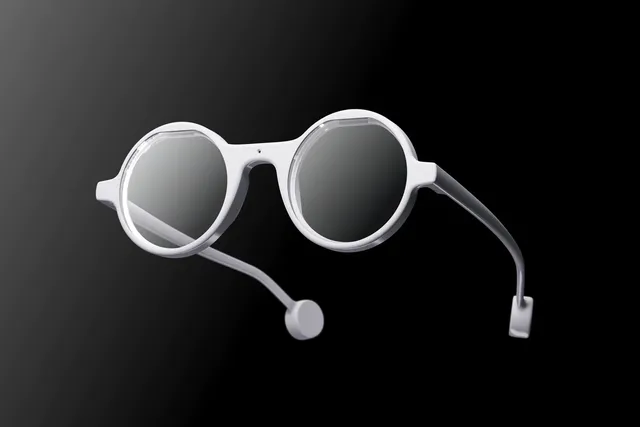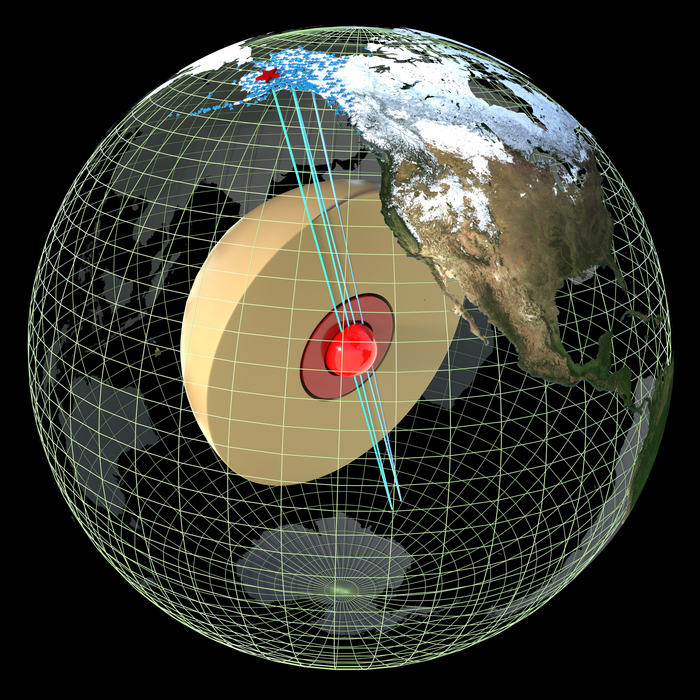IndustryTap reported on Danish shipping and oil conglomerate AP Moeller-Maersk, which had the world’s largest ship, the AP Triple-E in 2014, at 1,312 feet (400m) long and capable of carrying 18,340 TEU. Maersk’s ships were built by Daewoo Shipbuilding of South Korea in a contract totaling $1.9 billion ($3.8 billion in today’s dollars).
Today, the Maersk ships have been surpassed by the CSCL Globe, MSC Zoe, and MSC Oscar, which are larger in carrying capacity at 19,100 TEU, but not in length which is the same at 1,312 feet (400m).
The top 4 largest container ships are the MSC Switzerland’s MSC Oscar, MSC Oliver, MSC Zoe, and the MSC Maya, all of which are 1,297 feet (395.3m) with maximum carrying capacities of 19,224 TEU. The next 4 largest ships are owned by CSCL China and include the CSCL Pacific Ocean, CSCL Indian Ocean, CSCL Atlantic Ocean, and CSCL Arctic Ocean, with a carrying capacity of 19,100 TEU.
The Trend Toward Larger Ships
The trend toward huge ships began in the 1980s when the first Panamax was built, expanding ships from 705 feet and a maximum of 2,500 TEU to ships as large as 950 feet and up to 4,000 TEU. Post-Panamax and Post-Panamax Plus ships occurred from roughly 1990 to 2005, which saw ships up to 1,100 feet long with a carrying capacity of up to 8,000 TEU. Over the past 10 years, ship sizes have ballooned to 1,312 feet with maximum carrying capacity of 19,224 TEU. The following chart shows the transition.
According to Alpha Liner, there are currently 6,096 ships active on liner trades with 20,312,469 TEU. The following chart shows the top 30 companies. The top 100 can be found on Alpha Liner, and a report on the evolution of carrier fleets can be found here.







